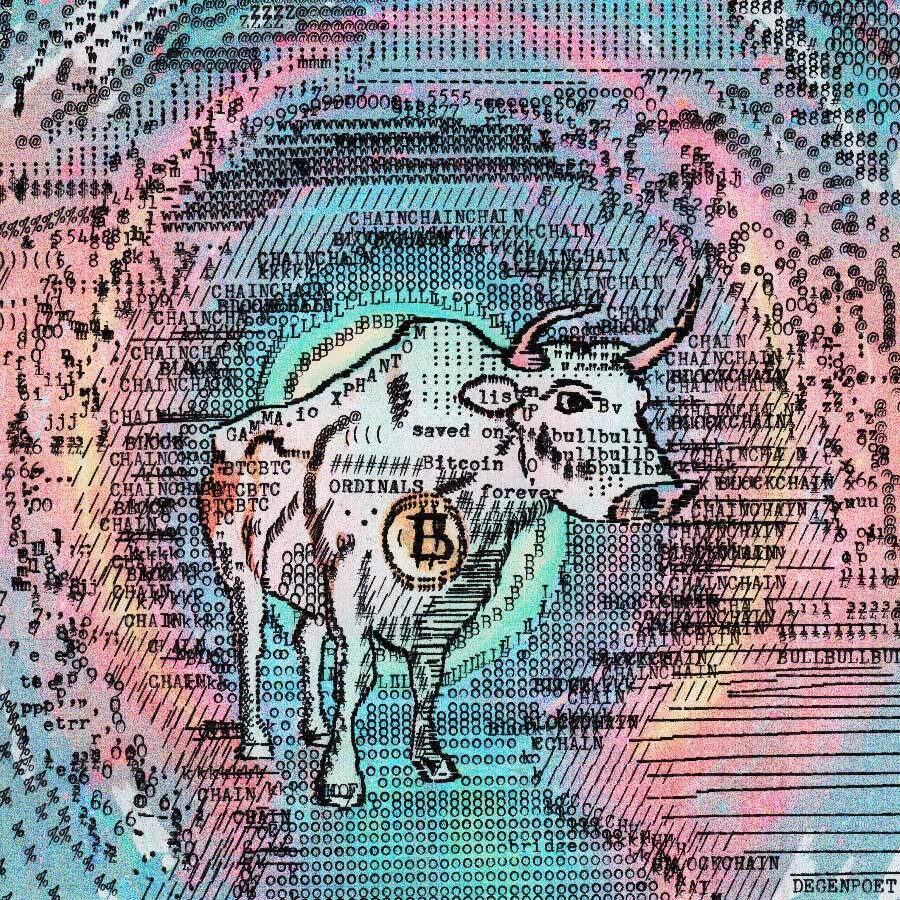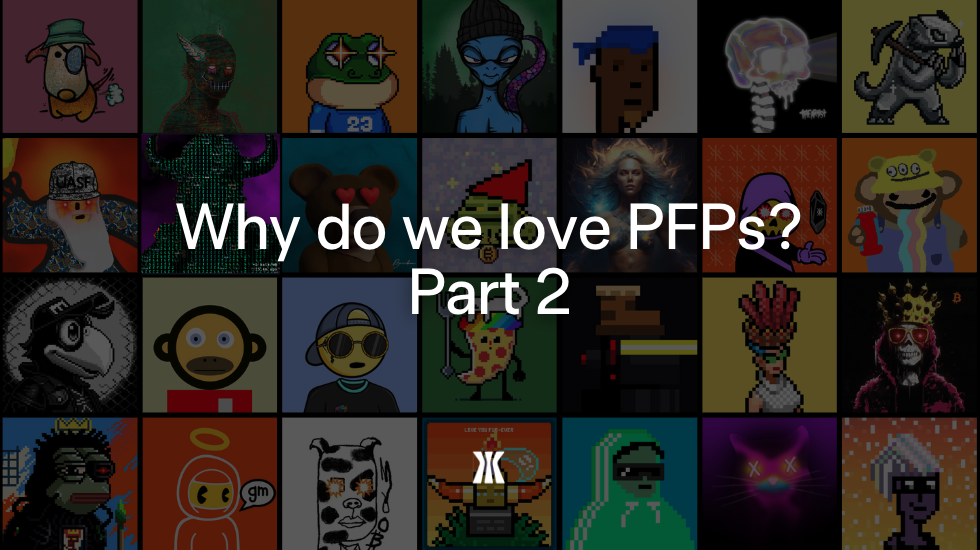Power in Numbers
When pricing your drops, striking a balance between perceived value, market demand, and the intriguing power of numbers are all important considerations to make.
This non-exhaustive guide may assist you to navigate the complexities of pricing your art and collections
How Does One Price Art?
Pricing art goes beyond covering costs or making a profit (which are naturally important components in the sale of any good or service); it’s about communicating the value of your work to potential buyers. Understanding your audience, the market, and the nuances of cryptocurrency pricing can significantly impact your success.
- Know Your Worth: Begin by researching similar artists in your niche. Look at how they price their work. Perhaps you can compare their style and reputation with yours. If you're new to the market, you might consider starting with a lower price point to attract more collectors and bootstrap yourself into the ecosystem.
- Scarcity and Demand: Limiting the number of pieces in a drop can create scarcity, driving up demand and potentially justifying higher prices—whether that's 0.001 BTC or 0.01 BTC. However, be cautious with artificial scarcity, and even the whole concept of scarcity, when historically some of the greatest and most iconic and famous artists were indeed extremely prolific. Depending on what sort of artist or project you are, you may want a larger community, and hence producing more pieces are important to that.
The Human Fascination with Numbers: Numerology, Aesthetic Pricing, and Bitcoin
Numbers have a unique significance, and influence buying decisions in ways both conscious and subconscious. This extends into the realm of Bitcoin pricing.
- Magic of Numbers: Certain numbers hold cultural or mystical value. For example, pricing your art at 0.00777 BTC could appeal to those who associate the number 7 with luck. Similarly, 0.008888 BTC might attract buyers who see the number 8 as a symbol of prosperity such as in Chinese culture whereby 8 is considered a lucky and prosperous number. Always do your own research, as some numbers can be considered unattractive for various reasons too.
- Aesthetics of Bitcoin Pricing: In traditional currency, prices like $99 are psychologically appealing. Similarly, in Bitcoin, pricing at 0.00099 BTC can be more attractive than a flat 0.001 BTC, even though the difference in value is minimal. This kind of "charm pricing" can make your art feel like a better deal, due to the perception of the extra zero.
- Numerology in Edition Sizes: Numerology can also play a role in how you structure your edition sizes. An edition of 13 pieces priced at 0.0013 BTC each could draw in collectors who appreciate the symbolic weight of these numbers. Alternatively, an edition of 21 pieces, priced at 0.00021 BTC each, might resonate with those who find significance in the number 21, a number that also aligns with the total number of bitcoin that will ever exist—21 million.
- Crypto culture: Pricing and supply based around 69, 420, 42 etc, is always seen as ‘ for the culture,’ and memetic, so if this flavour suits you, it can come into consideration as well.
Larger Collections: Perhaps larger decisions
When it comes to larger collections, the choice of edition size can be just as important as the pricing. Numbers like 3,333 can be more attractive to collectors than a round number like 3,500. Why? Because repetitive or aesthetically pleasing numbers often have a greater psychological appeal. The symmetry and pattern in 3,333 create a sense of harmony and intentionality, which can make the collection feel more curated and special.
Similarly, numbers that hold significance in the world of coding, such as powers of two (64, 128, 256), can also resonate with a tech-savvy audience. These numbers are foundational in computing, often seen in memory sizes and other technical specifications. Incorporating them into your edition sizes, such as releasing 256 pieces at 0.00256 BTC each, could attract collectors who appreciate the blend of art, technology, and numerical significance.
Balancing Supply.
- Exclusive vs. Accessible Pricing: High prices in Bitcoin, such as 0.025 or 0.05 BTC for a very limited edition, can create an aura of exclusivity that appeals to high-end collectors. On the other hand, larger editions priced at 0.00077 BTC can make your art accessible to a broader audience, which could be particularly beneficial for emerging artists looking to establish a presence in the crypto art space.
- Timed Releases: Consider implementing timed releases priced in Bitcoin to control supply and create urgency. For example, you could offer an unlimited edition priced at 0.0005 BTC for a limited time. This not only creates a sense of “fomo” but also allows more collectors to participate without devaluing your work.
- Art Drops on Symbolic Dates: Aligning your drops with significant dates in the Bitcoin community, such as Bitcoin's "Genesis Block" anniversary on January 3rd, can enhance the perceived value of your work. Pricing your art in Bitcoin on such dates, using numerology-based prices like 0.00103 BTC (for January 3rd), can add a layer of meaning that resonates with your audience.
Some examples of numerology used so far in ordinals:
- Carole levy - released sixteen snakes on the sixteenth of July (International Snake Day) because the alliteration was much fun to her.
- Nooge - released 69 of his King of Meme drop, a nod to Pepe and the culture.
- Julien Pacaud - has priced his Hat of Shame prints at 44,444 sats, for visual aesthetics due to repetition.
- Andrea Belloni - Has a collection size of 128, being a creative code, these powers of two are very relevant to him and his art, as referenced earlier.
Pricing your art drops requires a strategic blend of market knowledge, psychological insight, and a touch of numerical magic. With Bitcoin pricing, you have the added advantage of playing with fractional values that can enhance the appeal of your art. The goal is to find the sweet spot where your art feels valuable and accessible to your target audience, and authentic to you as the creator.




